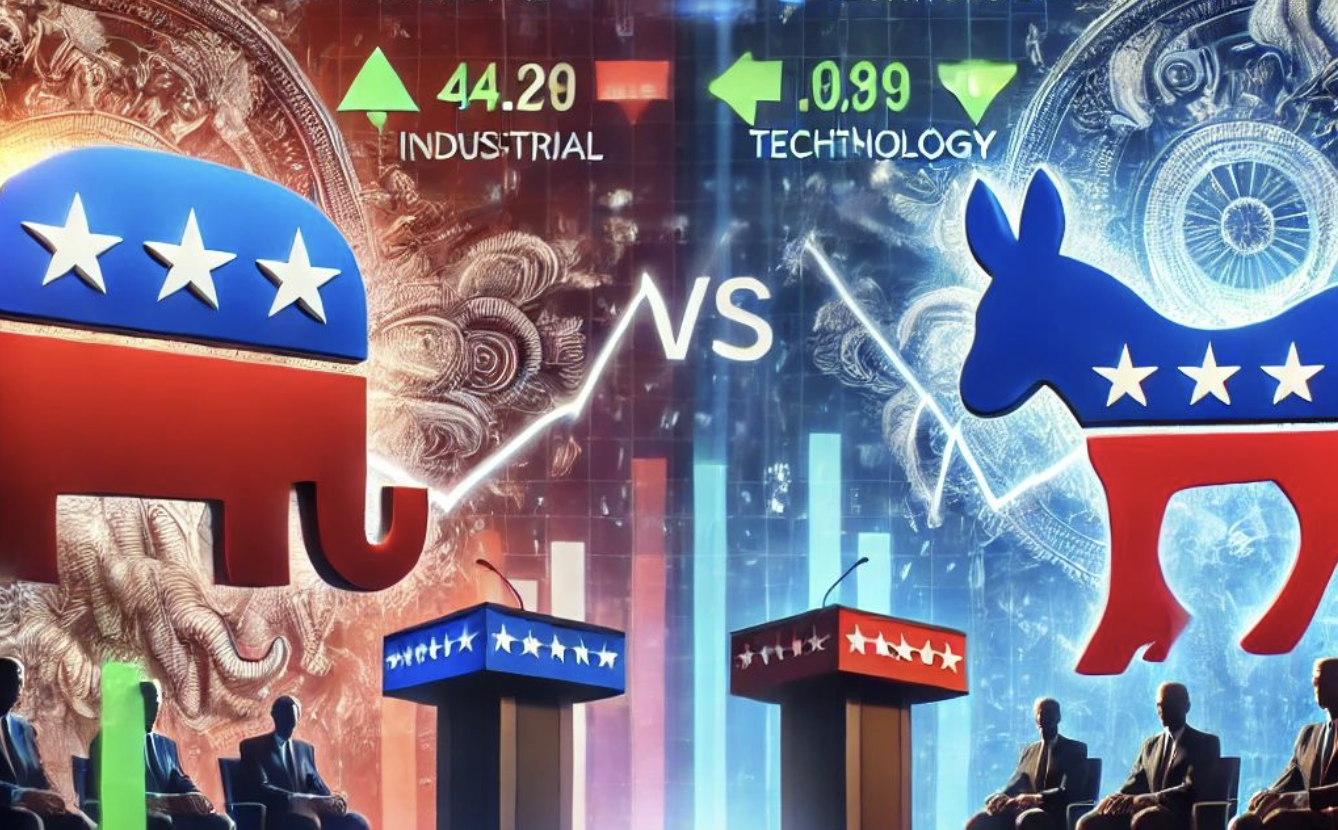Election years can be particularly uncertain for investors due to the intersection of political dynamics, emotional responses, and fluctuating polls, which complicate market forecasting.
So, how should investors respond?
Those aiming to adjust their portfolios for the 2024 contest between a sitting vice president and a former president, along with congressional races, can draw lessons from historical market trends. While stock markets tend to rise regardless of the ruling party, there are notable patterns. For example, past Republican and Democratic presidencies both saw market growth, but historically, stronger market performance has been more common under Democratic administrations. Congress’ makeup also plays a role, as different combinations of presidential and congressional control yield varied market reactions.
A financial expert from a prominent investment firm urges against drastic, emotionally driven decisions, such as converting assets to cash, before election results are finalized. Instead, they suggest revisiting the specific sectors within one’s portfolio for more measured adjustments.
Although historical performance can provide clues, it’s not always a reliable predictor due to unforeseen macroeconomic events, such as financial crises or pandemics, which can drastically alter market trends. Moreover, historical patterns may not always repeat in the same way.
In the long term, according to a strategist at a major financial indexing company, the stock market is driven primarily by earnings and cash flow, with political influences receding into the background. Investors are better off designing portfolios that can weather a variety of potential outcomes.
Sector-Specific Insights
When examining market performance by sector, research has shown that cyclical stocks, such as those in industries like real estate and industrials, typically perform well following a Democratic victory. Conversely, defensive sectors, which include consumer staples and healthcare, often perform better after a Republican win.
Furthermore, specific sectors like communication services and energy have historically delivered higher returns under Democratic administrations, while healthcare and consumer staples have performed better under Republicans. Over the course of full presidential terms, certain sectors, including technology and industrials, have shown consistent outperformance under Democratic presidencies, whereas healthcare has excelled under Republicans.
Sector Movements Based on Election Outcomes
Another market strategist notes that a Republican victory could boost sectors like banking and energy due to expected regulatory rollbacks. Alternatively, a Democratic win may bring additional regulations to sectors like oil and gas. A Republican president might also hasten deglobalization, benefitting industrial stocks, though trade conflicts—especially with key international partners—could pose challenges.
Healthcare stocks, meanwhile, are seen as vulnerable regardless of the election outcome, as both major candidates have proposed measures aimed at controlling drug prices, which could negatively impact the sector. A continuation of certain healthcare policies is anticipated under a Democratic administration, which could influence the market’s future direction.
The Bigger Picture
The same strategist reminds investors that while election outcomes can trigger short-term market shifts, numerous other factors, such as inflation, interest rates, and technological advancements, are equally crucial in shaping market behavior.
In conclusion, while elections do influence the market, they are just one of many elements that investors should consider. Historical patterns, while informative, are not always foolproof, and building a portfolio that can adapt to a wide range of possible scenarios is a more prudent long-term strategy.
This article is not intended to serve as financial or investment advice.

